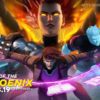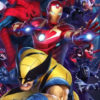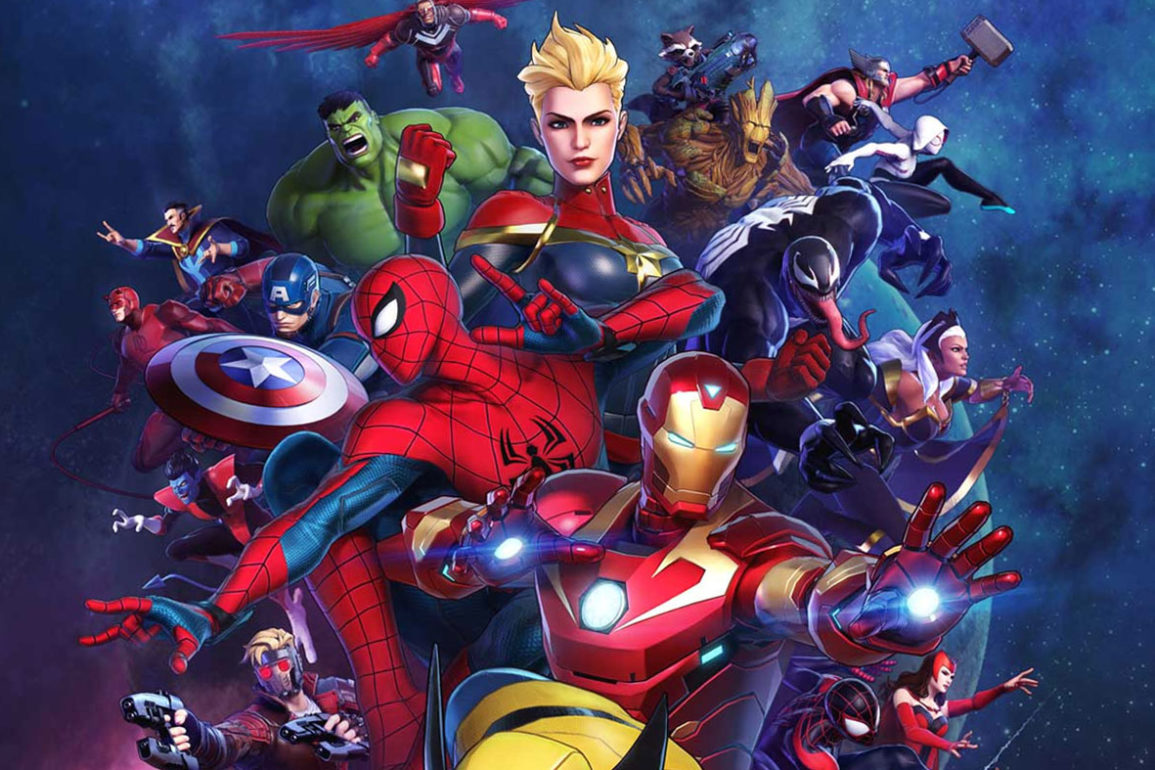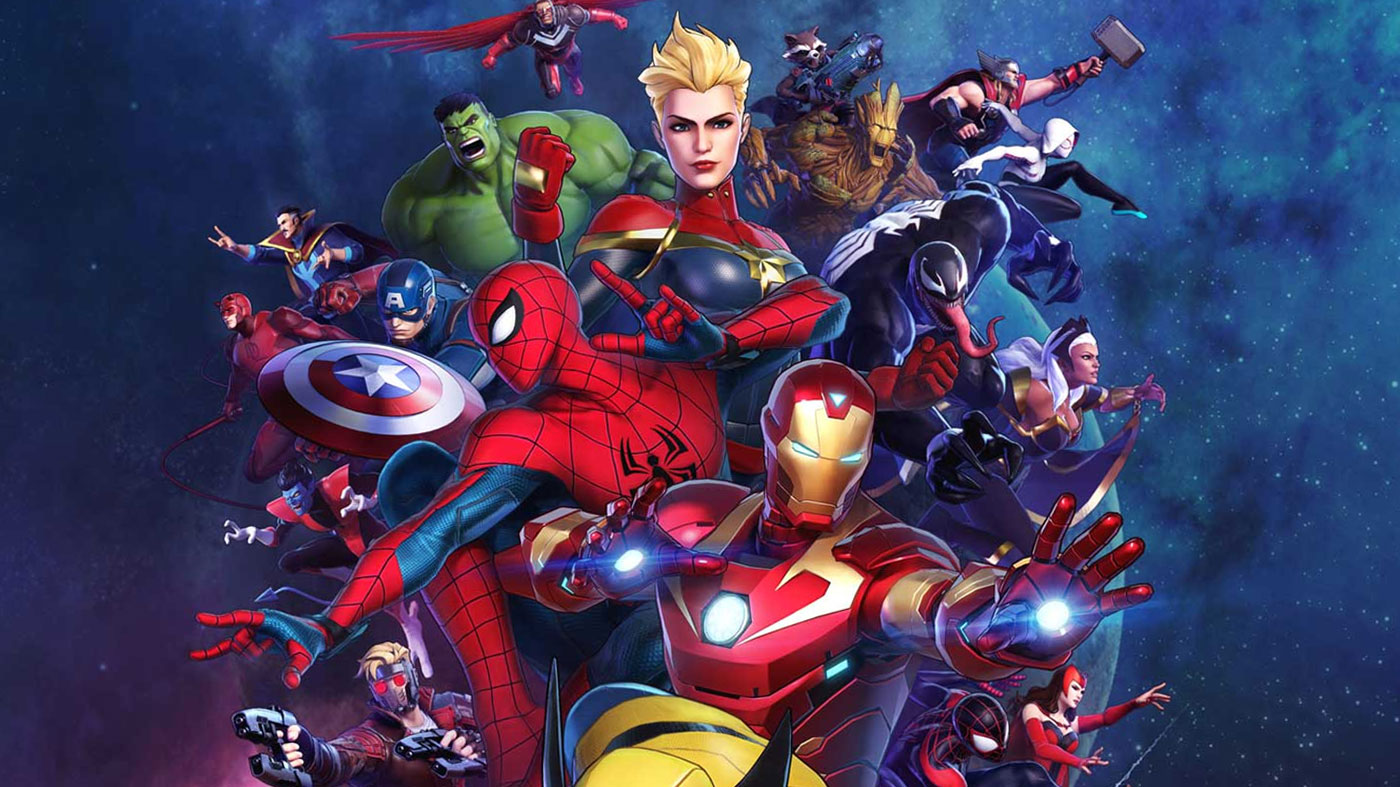I’ve always known about the Ultimate Alliance games but despite multiple attempts to get into the series I never quite gelled with them. Marvel has never been my thing, but as games, they always seemed a bit too simplistic and I could never find the right group of friends to jump in. Now, a whole ten years later, Marvel Ultimate Alliance 3: The Black Order does its earnest to try and rope me back in. To my surprise, it was mostly successful. But some of the problems that persisted with these games all those years ago still follow suit here, which stops Ultimate Alliance 3 from being the best it could be.
The main plot of Marvel Ultimate Alliance 3 ignores the previous two games, instead crafting something entirely original. You can expect some mild inspirations from the cinematic universe and the comic books they’re derived from, but The Black Order largely does its own thing. It’s not going to blow minds – being yet another take on The Infinity Gauntlet storyline – but still hits all the beats you’d expect it to hit no matter how big or little a Marvel fan you are.
It’s a story that’s rather typical for this kind of game – you send groups of Marvel heroes out into the differently themed Marvel worlds to beat up Thanos’ lackeys in a bid to stop him from gathering the Infinity Stones. The story is a paper-thin excuse to bring all these characters and worlds together, admittedly, but it’s done in such a right way that it’s hard to be mad. As it all plays out, every character gets their own moment to shine in a story that can best be likened to a Saturday morning cartoon.
That retro aesthetic carries over into the gameplay, for better or for worse. Best described as a classic beat ‘em up, Ultimate Alliance 3 will have you running through areas and beating up enemies before ending with a bombastic boss battle. The combat is simple: every character has a light and heavy attack, as well as a slew of special abilities that can be unlocked for each hero and subsequently upgraded. Characters have a good sense of originality, but at times some of them seem to overlap so much (especially the Spiderman characters) that it feels like they all don’t have to be there.
This retro design sensibility, unfortunately, carries over to the camera, which is a bit frustrating to deal with in Ultimate Alliance 3. While there are two distinct “modes” of camera that allow you to play “the old way” or in a more modern way, the camera is constantly zooming in and out. Sometimes it can get bad, snapping to an angle that skews your view of your own character while enemies pile on you. It’s a significant part of the game and in its present state can lead to some frustrating losses.
Ultimate Alliance 3 does do an excellent job at the encouragement of the synergy between you and your teammates. Besides your standard moves, abilities that you unlock can be combined with other specific skills to deliver more devastating damage. This works to varying effects – primarily dependent on if you’re playing solo or with friends – but still encourages experimentation to work out which combinations can deal the most damage. Every hero also has an extreme attack, which only activates by pressing both bumpers after accruing a specific type of energy and automatically stacks with others to deal massive damage. There’s a nice variety of abilities here, and I found myself levelling up all my characters to see what they could do, but unfortunately, some of them really lack the oomph that they should which can make the combat feel a little flat.
The flat combat becomes more of a problem when battling the bosses, which feel slightly arduous at times. Ultimate Alliance 3 attempts to alter the flow of combat by introducing the “stagger” system, where you’ll have to pummel stronger enemy types until they falter, allowing you to deal actual damage. I understand the intention here, and it’s by no means game-breaking, but it can be irritating as it feels like an additional redundant meter to drain. With some more complex move-sets and combat, this system might have been able to flourish, but in its current form, it just feels like a way to needlessly pad out the battles.
There are some other systems in the background that give a few customisation options to players to make the experience feel a little bit more in-depth. As mentioned previously, you can upgrade the powers and abilities of your characters individually, but you can also find and equip ISO-8 crystals to apply upgrades to your team. Said crystals can also be dismantled or combined with other ones to create others with new effects. It’s a done-to-death system but one that gives a little bit more flexibility to your party and allows for you to bridge gaps that any under levelled characters in your party may bring.
If rolling with under levelled characters isn’t your jam, you can replay select challenge levels (called Infinity Rifts) outside of the main game to farm experience points, cash, and even some higher-grade ISO-8 crystals. I only attempted one or two of these challenges earnestly, and they were trying, though tedious at the same time. Still, it’s a nice system that allows you to level up the extensive roster without having to sit through story dialogue and cutscenes that you’ve seen before through the replaying of story chapters.
Another considerable element of replayability for the Ultimate Alliance games is the ability to play through the whole thing with your mates, whether online or off. Thankfully Ultimate Alliance 3 supports both “couch” and online multiplayer modes. It’s a little bit frustrating that when playing online with a friend, the second player can’t switch their own character on-the-fly and instead much switch them out at the S.H.I.E.L.D. points strewn throughout the level. Besides this strange design choice, the online aspects are handled well, and the performance is more than adequate.
Thankfully the game feels just as long as its predecessors, if not longer, with most players presumably getting at least twelve to fifteen hours out of their first run through the story. While the combat can grow tedious at times and is deceptively simplistic, the general flow of the story and the sheer variety in the characters you encounter and locales you visit more than makes up for it. Even after finishing the story, you’ll still want to jump back into things and try it all again with a different set of heroes or even a different friend.
From a presentation perspective, Ultimate Alliance 3 is both impressive at times and underwhelming in others. The bright and colourful art direction harkens back to Marvel vs. Capcom 3, and it’s a bold yet effective design choice – bringing these characters from all walks of life together in a coherent manner. Performance at times, especially when playing undocked can be spotty, however, especially when the screen is filled. But despite these technical shortcomings, artistically the game is solid. The bright red moon of the Shadowlands, as an example, is a beautiful sight while the darker moodier Dark Dimension looks and feels sinister the further you venture into it.










